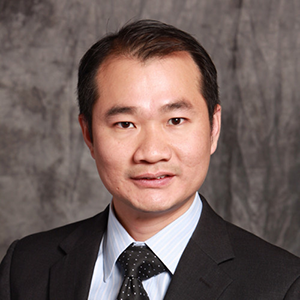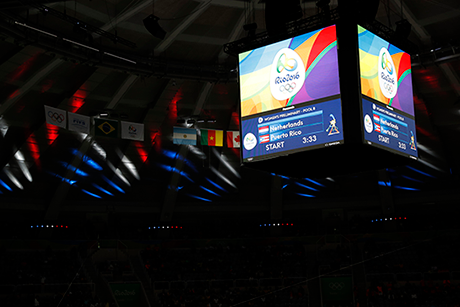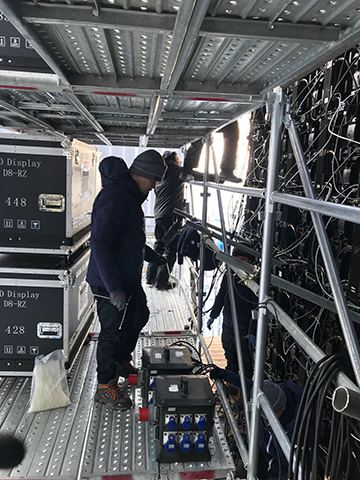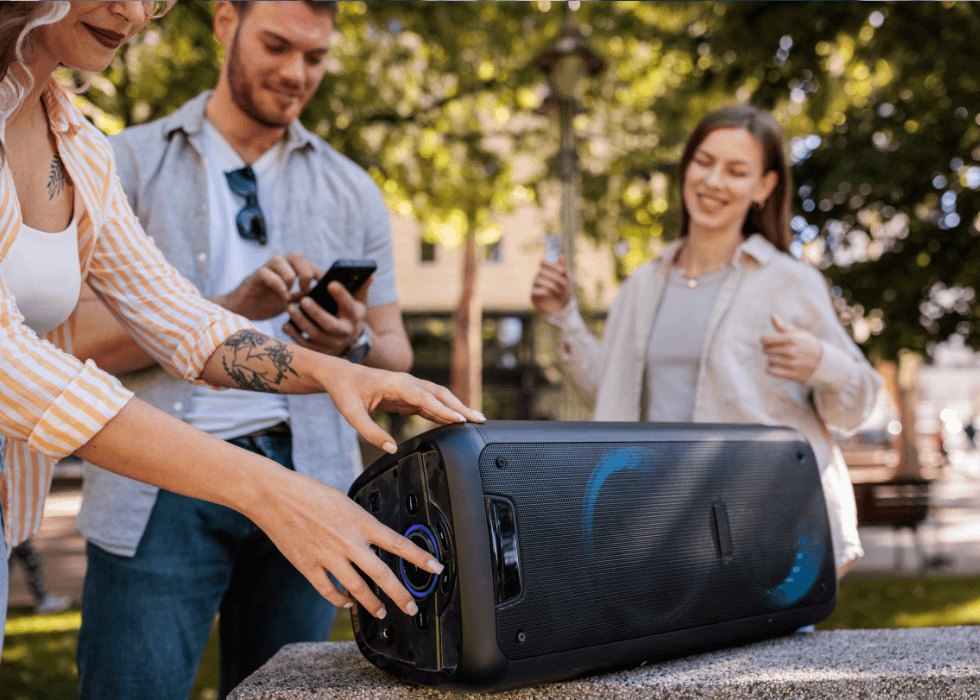Q&A: Value of CTS Training on Display for Olympic Games
 Shaun Heng, CTS-D, CTS-I
Shaun Heng, CTS-D, CTS-I Assistant General Manager, Panasonic System Solutions
Asia Pacific
Shaun Heng, CTS-D, CTS-I, is an AV veteran with deep experience in the trenches, especially in supporting LED display systems at high-stakes sporting events.
Starting with the London Olympics in 2012, Heng has represented Panasonic — a long-time Olympics technology partner, in managing the support for large-format LED display systems for numerous editions of the games. They include the 2014 Winter Olympics in Sochi, 2016 Summer Olympics in Rio, and the 2018 PyeongChang Winter Olympics in South Korea.
To ensure the amazing feats of athleticism were brought to the live audience with the highest level of visual entertainment, Heng headed up the teams that ensured the systems would perform seamlessly. Here he shares how his CTS technical training and credentials prepared him for the responsibilities at the games.
Now as Assistant General Manager of Panasonic System Solutions Asia Pacific, Heng heads the solution sales department in Southeast Asia for the entertainment sector.
Q: What is the primary focus in coordinating large-format displays at the Olympics games?
Heng: Minimizing latency is a primary concern. With all the live cameras and onscreen timekeeping, even milliseconds of latency cannot be tolerated. It also goes without saying that the systems have to work smoothly with no error.
Q: How did the CTS training help you achieve these goals?
Heng: All of the technical fundamentals articulated in the CTS examinations really came in handy. Whether it’s processing time calculation, backend equipment selection, cables, signal, or bandwidth, the training and best practices definitely made a difference in smooth project planning and execution.

Also, in the planning and design stages of the games, we had to consult with the Olympic committee, which represented varied backgrounds, goals, and expectations. The CTS materials built up my fluency in industry protocols, processes, and standards to make project communication much smoother. It also gave a boost to my confidence in working with the different teams.
Q: How has the technology for large-format display evolved for the Olympics over the years?
Heng: The pixel pitch has certainly improved to deliver an ever-higher resolution image experience. And starting at the Rio games in 2016, the game experience was greatly enhanced by integrating the video and score board side by side. In the same year, we moved away from conventional steel-cabinet type to aluminum die-cast housing design. The new design provided a significant weight loading reduction, which translated into logistic and structural cost savings.
Q: You have supported numerous editions of Olympics over the years. Did you face new challenges when you moved from one Olympics to another?
Heng: Each country had different standards and processes we had to learn and adapt to. This was a challenge because we had to adjust for standards high and low.
Some Olympics we had to plan for standards that were much stricter than international levels. And for others, where safety standards were more relaxed, we had to convince the local crews to conform to our mandate for how scaffolding and work platforms were built, and comply to our weight loading calculations to make sure the construction was stable.
In one case, we were also dealing with shortage of power supply and delays in venue construction. This meant trial runs had to be shortened. Fortunately, the Panasonic team brought a wealth of experience and knowledge and was able to overcome these challenges and deliver great results at the end.

Q: Is CTS certification a priority in your team hiring decisions?
Heng: I always give extra points to candidates who are certified.
Even when I was running my own company before joining Panasonic, I would encourage my sales and technical teams to get trained and certified so that they could deliver the best experience and systems to the market.
Q: With CTS-D to your name, you decided to go for CTS-I certification last year and successfully passed. How would you describe your CTS journey for AV professionals considering it?
Heng: Before anyone looks at CTS, you must first have basic AV knowledge and experience. Then CTS certification process can help deepen your technical understanding and help you demonstrate this commitment to employers and clients.
Many colleagues I encounter hesitate with for two reasons: they are either afraid of failure or do not want to commit the time.
For me, successfully passing the certification tests surely adds your credibility. But even just going through the preparation process is a great learning experience in itself. I have been in the industry for 20 years and when I took CTS-I last year, I had the chance to refresh some concepts and enhance my understanding of some basic fundamentals and other topics I was less familiar with, and that was great.
Pursuing CTS certification is well worth the journey.




